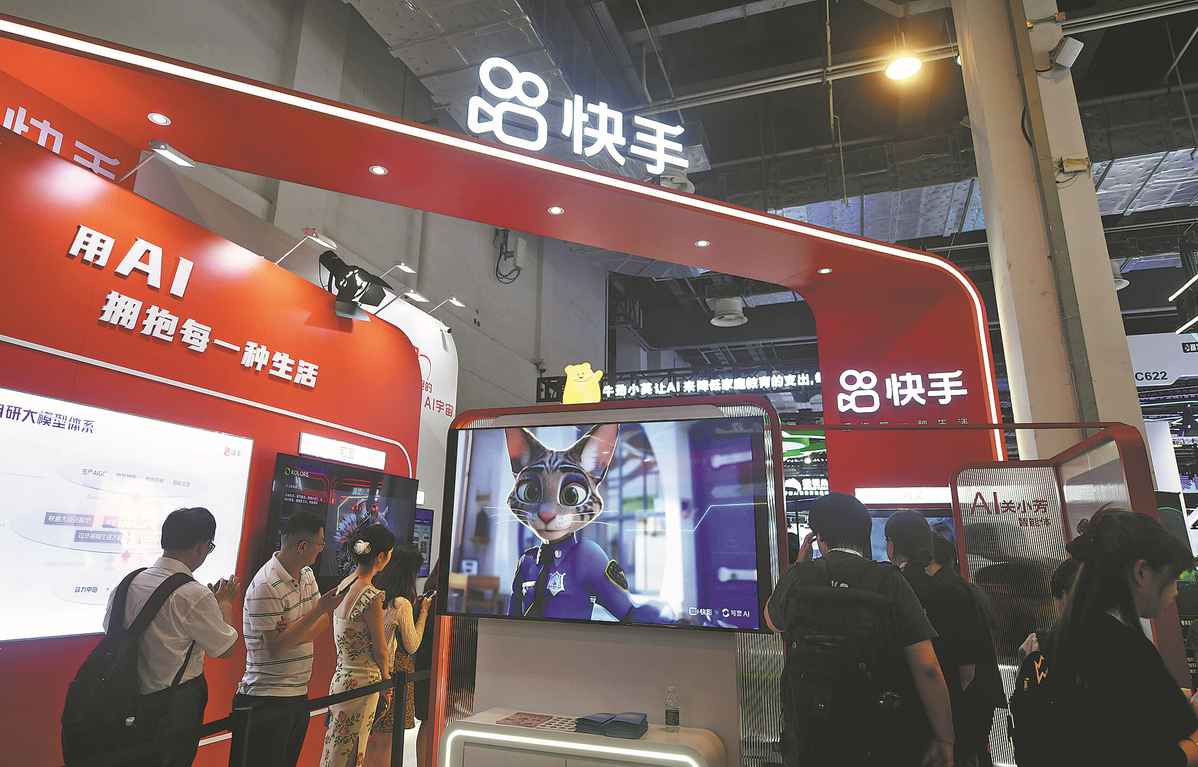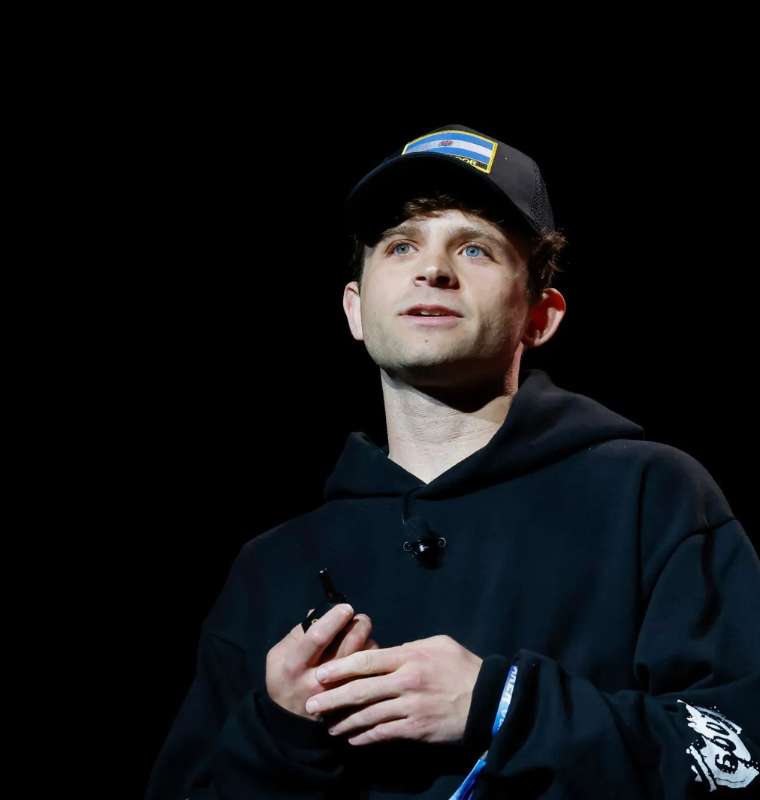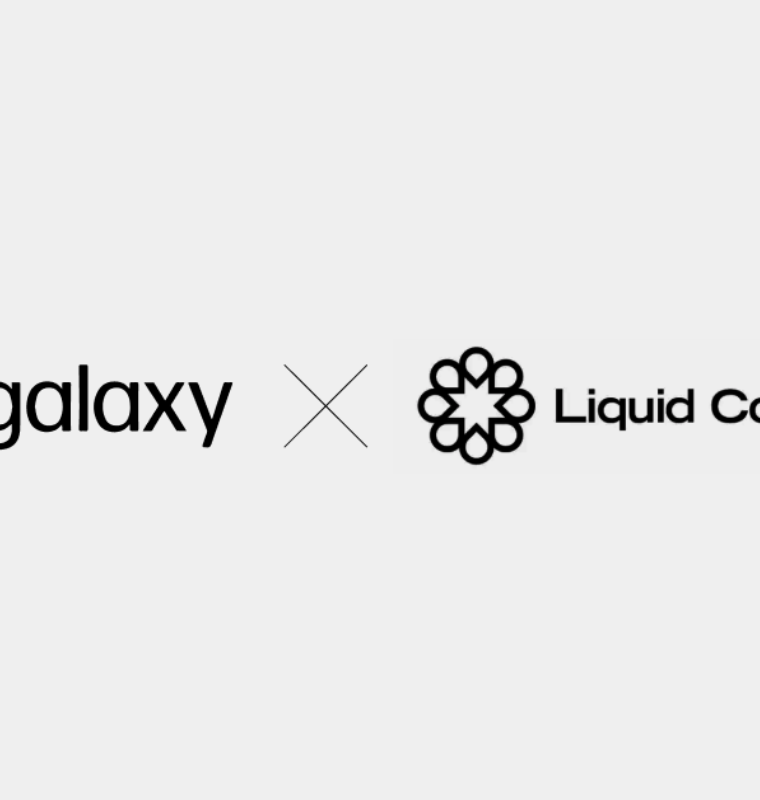From Viral Clips to Virtual Creators: How Chinese Companies Are Pushing AI Video Generation Global
From Viral Clips to Virtual Creators: How Chinese Companies Are Pushing AI Video Generation Global
By
Calder Monroe
Last updated:
August 1, 2025
First Published:
August 6, 2025

Photo: China Daily - Global Edition
China’s dominance in short-form video isn't slowing down — it’s evolving. After TikTok redefined digital entertainment worldwide, Chinese companies are now leading the charge into AI-generated video creation, turning troves of user data into next-gen tools for content, advertising, and film production.
And they're doing it fast.
A New Frontier: Generative Video AI
Video generation powered by AI — particularly models that turn text and images into dynamic video clips — is emerging as the next battleground in tech. According to research from Artificial Analysis, ByteDance, TikTok’s parent company, now holds the #1 and #3 spots among global text-to-video AI models. Google trails behind with the #2 and #4 spots, while Kuaishou’s Kling AI ranks fifth.
“Competition in AI video generation is still in its early phase,” said Wei Xiong, an internet analyst at UBS Securities. “But several Chinese players are already emerging as leaders.”
Unlike many Western firms focused on research or backend tools, Chinese companies are pushing aggressively into commercialization — and it's paying off.
Kling AI: China’s Flagship in the AI Video Race
Beijing-based Kling AI, developed by Kuaishou, is a standout. Launched to the public in June 2024, it allows users to input text or images and get short video clips in return — enhanced with automatic sound effects via its latest version, Kling 2.1.
More than 20,000 businesses, including ad agencies and film studios, are actively using Kling, according to data shared at the World AI Conference in Shanghai. The tool is being used to generate trailers, animated ads, and story-based visual content at scale.
And its user base is global.
“Whether it's user volume or revenue, most of our traction comes from overseas,” said Zeng Yushen, head of Kling AI operations. Expansion plans are already underway in Japan, South Korea, and Europe.
In just the first quarter of 2025, Kling AI generated over 150 million yuan ($20.8 million) in revenue, with daily ad spend on its generative AI tools hitting 30 million yuan. Zeng declined to disclose model training costs — but the ROI is clearly significant.
Global Competition: The U.S. Is Watching Closely
Chinese firms aren’t alone in the race. OpenAI’s Sora, rolled out to ChatGPT subscribers in December 2024, brought global attention to AI video generation. Google and Amazon have also launched image-to-video models. But so far, few have matched the speed and volume of user adoption seen in China.
Other Chinese competitors are rising fast. Vidu, developed by Beijing startup Shengshu, launched globally in mid-2024 and by March 2025 projected $20 million in annual revenue solely from user subscriptions.
“There’s a clear commercial focus in China,” said Paul Triolo, partner at advisory firm DGA-Albright Stonebridge Group. “Chinese AI startups often start with a ‘pain point’ — a real business problem — and solve it quickly.”
The Alibaba and Tencent Playbooks
Chinese giants Alibaba and Tencent are also pouring resources into generative AI.
In July 2025, Alibaba released its updated open-source video model Wan 2.2, allowing granular control over lighting, color tone, camera angle, and even focal length. Since open-sourcing the Wan series in February, the models have been downloaded more than 5.4 million times from platforms like Hugging Face and ModelScope.
Meanwhile, Tencent’s Hunyuan World, a 3D visualization tool, lets users generate panoramic digital scenes from simple text prompts. The company hopes to standardize AI-generated game assets across China’s massive gaming industry. More than 50% of Chinese game studios are already using AI to cut production time and costs, according to Niko Partners.
But there are growing pains.
“Poor implementation has led to backlash in some games,” said Daniel Ahmad, research director at Niko. “There's excitement, but execution matters.”
AI as the Filmmaker
The sheer volume of video data in China is a key driver. With a population of 1.4 billion, tech companies have access to massive datasets that train AI faster and better than competitors elsewhere.
“The age of AI in film is over — we’ve entered the age of AI as filmmaker,” said Winston Ma, adjunct professor at NYU School of Law. “Just as TikTok redefined entertainment with short videos, China is poised to lead the AI video generation revolution.”
Beyond Entertainment: AI Avatars and E-Commerce Integration
AI video isn’t limited to content creation. In June, Baidu used its AI-powered digital human technology to drive $7.65 million in livestream sales during a six-hour session. The company now plans to release the tech for broader industry use by October 2025.
This convergence of AI, entertainment, and commerce is becoming a central theme in China’s tech strategy — from e-commerce livestreams to game development and movie production.
Challenges Ahead
Despite impressive progress, there are limitations. UBS’ Wei Xiong notes that today’s generative AI struggles with longer clip duration, motion consistency, and precise user control. Additionally, China’s access to cutting-edge semiconductors — essential for model training — remains constrained due to U.S. export restrictions.
Still, with commercial momentum, government support, and world-class engineering talent, China’s generative AI video tools are not just catching up — they’re setting the pace.
Final Thoughts
From TikTok’s viral rise to Kling AI’s global expansion, China’s influence over the future of video content is unmistakable. As generative AI grows more sophisticated and accessible, Chinese companies aren’t just participating in the race — they’re helping define the track.
Whether for film studios, brands, or developers, the new era of video creation may very well be Made in China.
Popular articles
Subscribe to unlock premium content
Disney’s Timeless Magic and How the Entertainment Giant Continues to Shape Culture and Innovation

Imran Khan’s Economic Missteps Amid Political Chaos in Pakistan

The Philippines’ Digital Shift How Remittances and BPO Are Fueling Growth

Disney’s Timeless Magic and How the Entertainment Giant Continues to Shape Culture and Innovation

Imran Khan’s Economic Missteps Amid Political Chaos in Pakistan

Disney’s Timeless Magic and How the Entertainment Giant Continues to Shape Culture and Innovation









